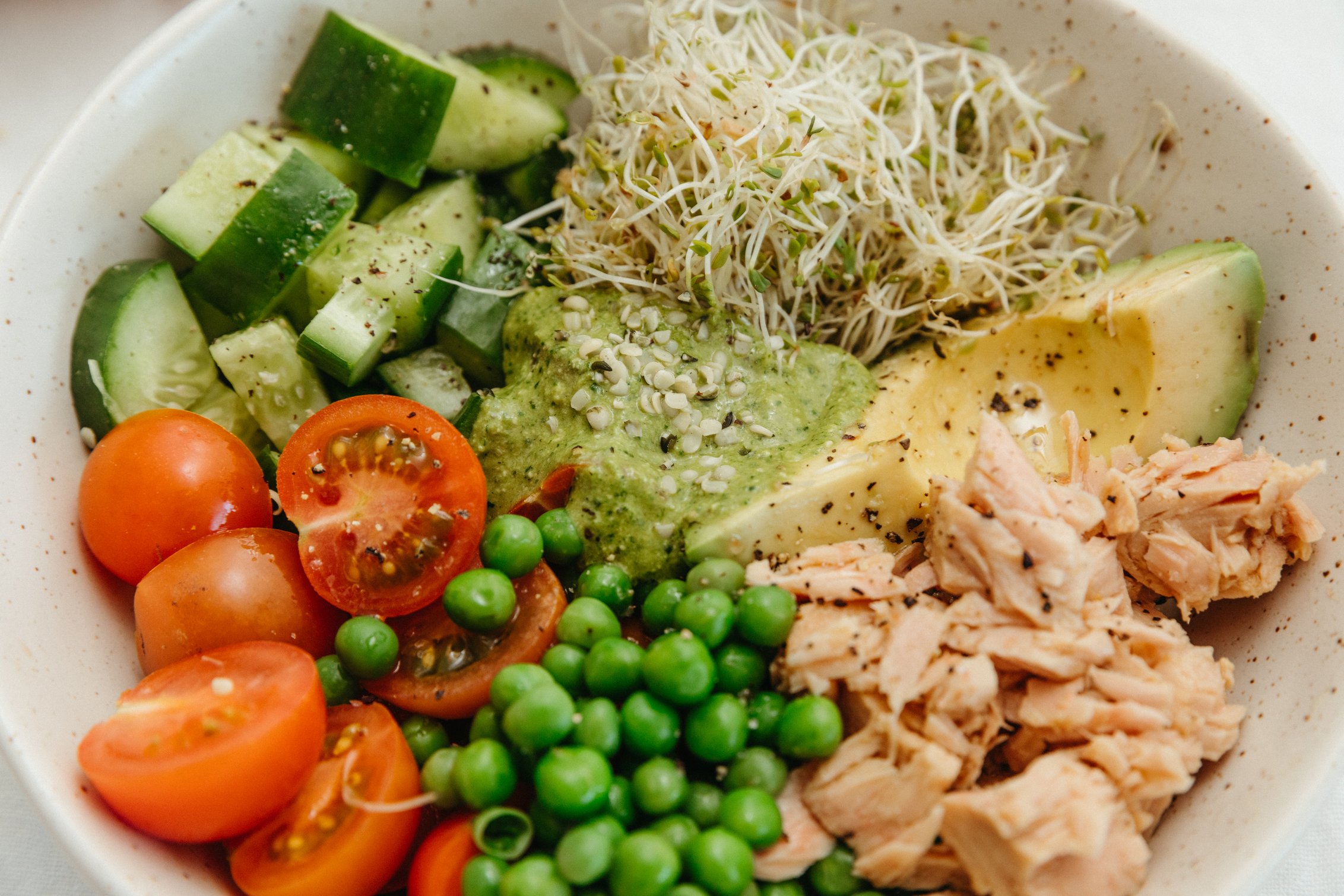By Georgia Hartmann
Naturopath, Nutritionist & Women’s Health Expert
As we say goodbye to summer here in Australia, it’s time to prepare the body for the cooler months ahead. Autumn is the season to start enjoying warming and nourishing foods. (With a multitude of delicious veggies, you can get creative with roasts, soups, stews, and curries).
Aligning our eating habits with the season ensures quality nutrition.
Fruits and vegetables contain an abundance of vitamins, minerals, and phytochemicals. These nutrients are essential for balancing hormones, promoting healthy skin, lowering inflammation, supporting antioxidant levels, protecting against allergies, preventing chronic disease, and promoting healthy ageing. It is estimated that there are more than 100,000 different phytochemicals and we are just beginning to understand their many health benefits.[1-2]
When you eat with the season, you are also ensuring that you consume the highest levels of vitamins, minerals, and phytochemicals. An interesting study out of Monteclair State University found that broccoli grown during its peak season had a higher concentration of vitamin C than that grown in other months.[3] (We seriously need to trust nature a little more).
Purchase your produce from a local farmer’s market
An easy way to ensure you are eating with the season is to purchase your produce from a local farmer’s market. Not only will you be enjoying seasonal fruits and vegetables, you will also be purchasing produce that is fresh, tasty, and often organic. (Eating organic has been shown to reduce the risk of metabolic syndrome, obesity, non-Hodgkin lymphoma, infertility, birth defects, allergic sensitisation, middle ear infections and pre-eclampsia).[4]
So, what’s in season this Autumn? [5]
Fruits:
Apples
Bananas
Figs
Grapes
Kiwifruit
Lemon
Nectarine
Peaches
Pears
Plums
Vegetables:
Asparagus
Beans
Beansprouts
Beetroot
Broccoli
Cabbage
Carrot
Cauliflower
Cucumber
Eggplant
Mushroom
Potato
Pumpkin
Snow Peas
Spring Onion
Sweet Corn
Tomatoes
Turnips
Zucchini
References:
[1] Gupta, C., et al. Phytonutrients as therapeutic agents. Journal of Complementary & Integrative Medicine, 2014. 11(3). PMID: 25051278.
[2] Leitzmann, C. Characteristics and Health Benefits of Phytochemicals. Forschende Komplementärmedizin, 2016. 23(2). PMID: 27160996.
[3] Wunderlich, S.M., et al. Nutritional quality of organic, conventional, and seasonally grown broccoli using vitamin C as a marker. International Journal of Food Sciences & Nutrition, 2008. 59(1). PMID: 17852499.
[4] Vigar, V., et al. A Systematic Review of Organic Versus Conventional Food Consumption: Is There a Measurable Benefit on Human Health? Nutrients, 2020. 12(1). PMID: 31861431.
[5] Season Food Guides Australia. Retrieved from http://seasonalfoodguide.com/.
About the author:
Having been diagnosed with Premature Ovarian Failure two years prior to conceiving her first child naturally, Georgia’s passion lies within helping women overcome their hormonal imbalances through the blend of conventional and complementary medicine. For additional support, you can contact Georgia via:





